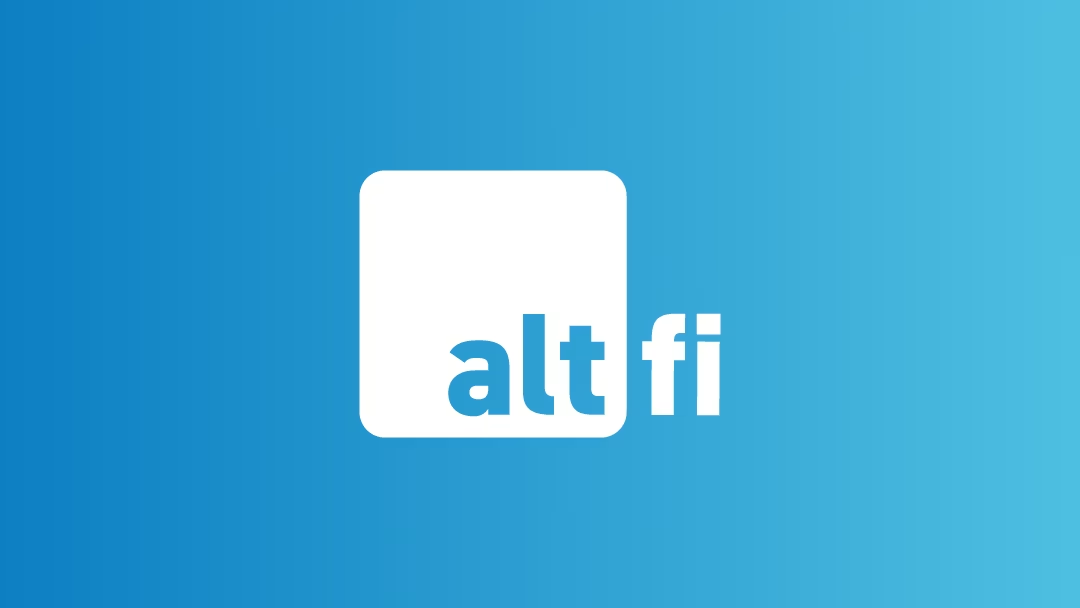Farewell from AltFi

We deeply regret to inform you that after 10 years of operation, we are closing the AltFi business.
Whilst our purpose, journalism and brand following has never been in doubt, we have faced severe headwinds over the last 18 months.
We would like to take this opportunity to thank everyone in our network for your persistent loyalty in choosing AltFi as your trusted source of fintech news over the last decade. We have thoroughly enjoyed playing our part in supporting the growth success story that has been UK fintech. We have met so many fantastic people and businesses, as you would expect, having covered the lifespan of so many challengers to incumbents through this time.
Whether you were a reader, attendee, client or supplier, we thank you for making the AltFi community so special. And finally, thank you to our wonderful staff, past and present, for your undeniable passion and commitment, without whom our journey would not have been possible.
Sincerely,
The AltFi Team